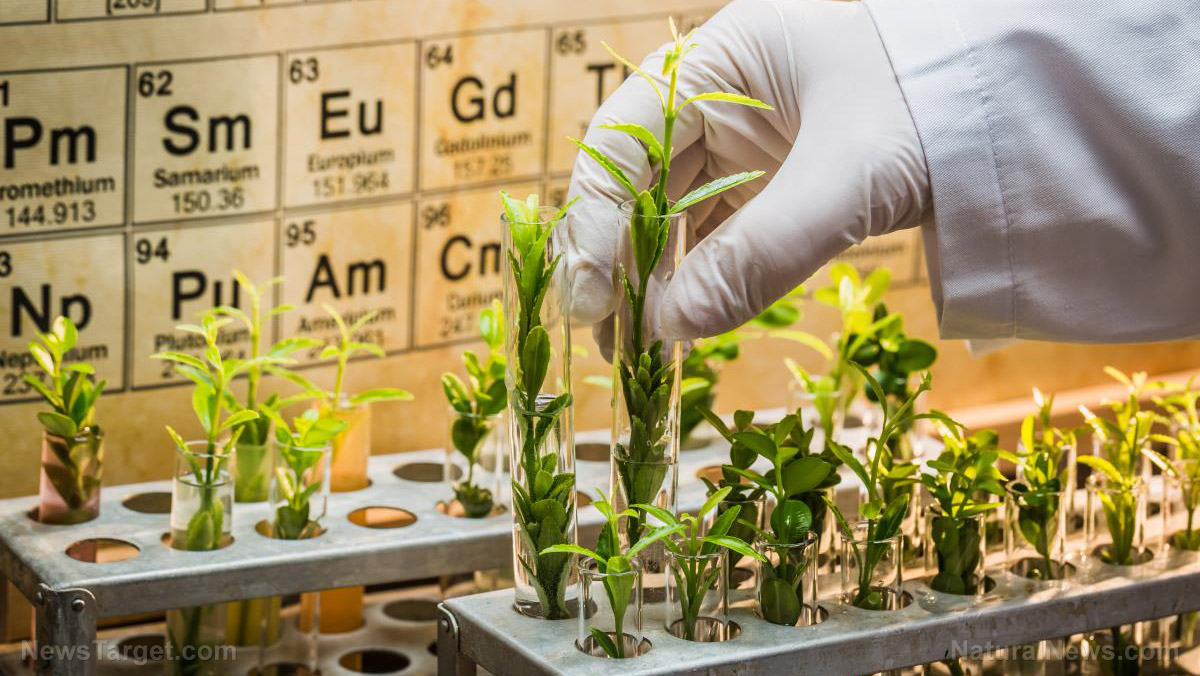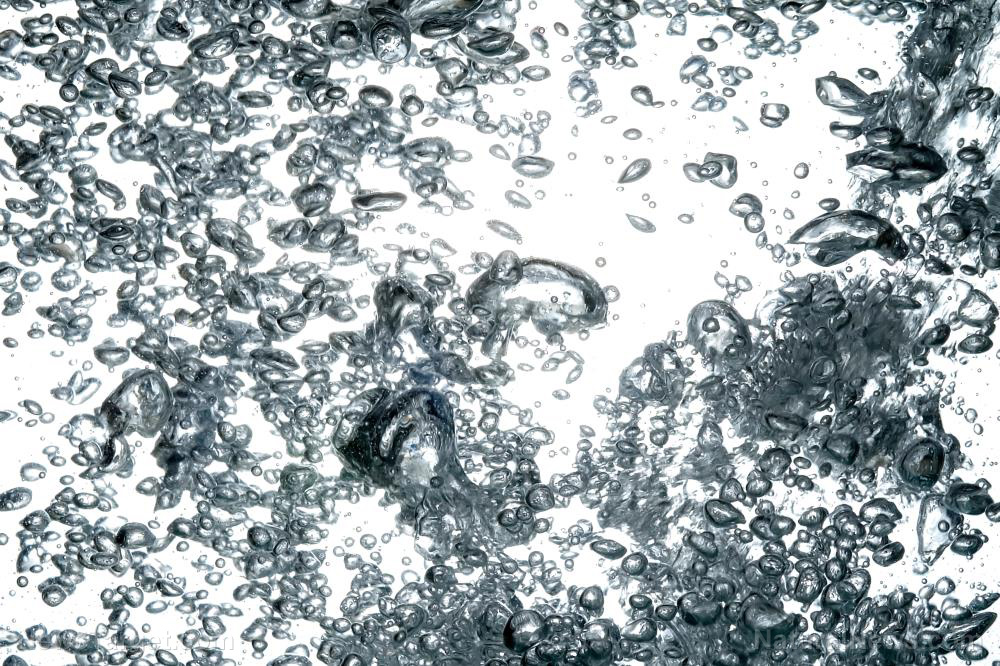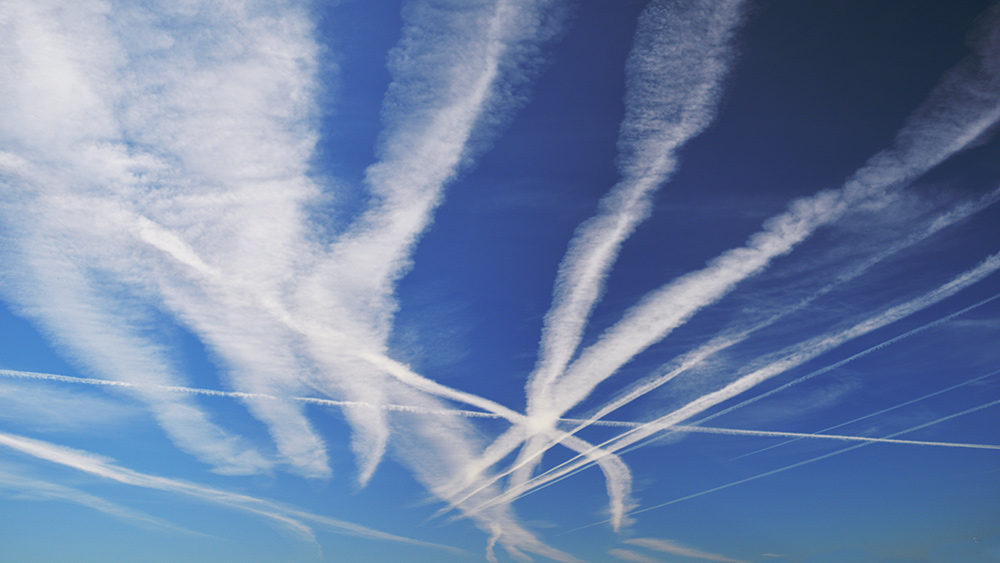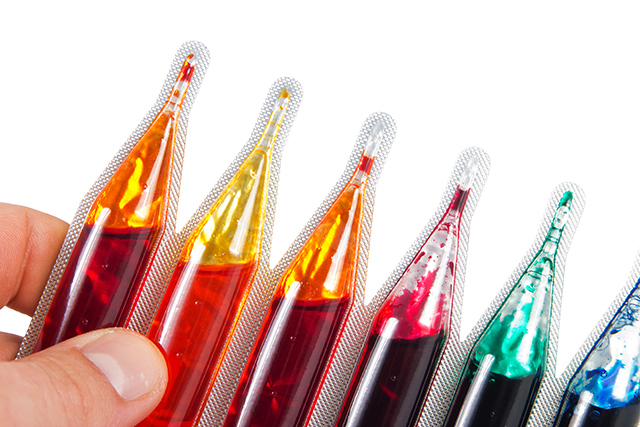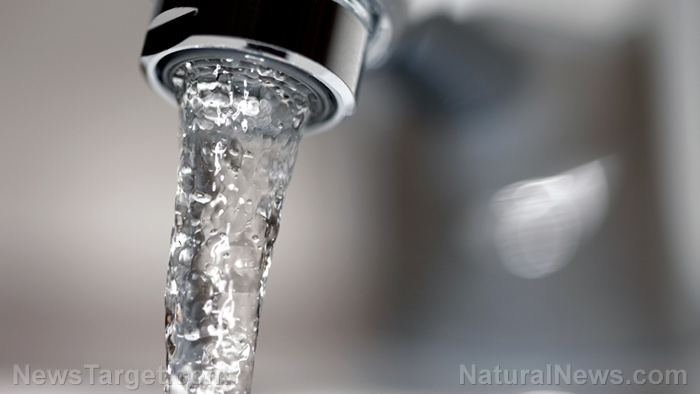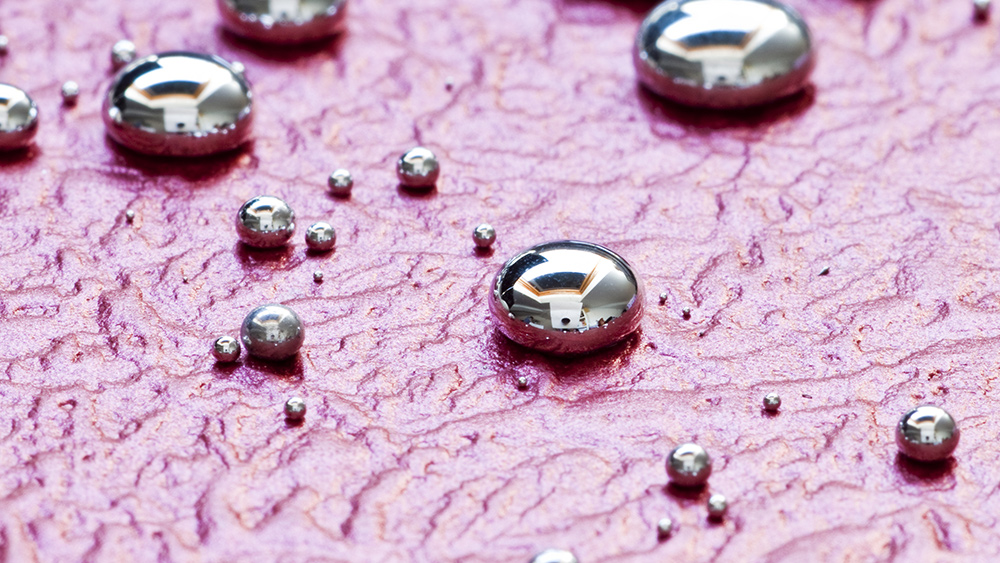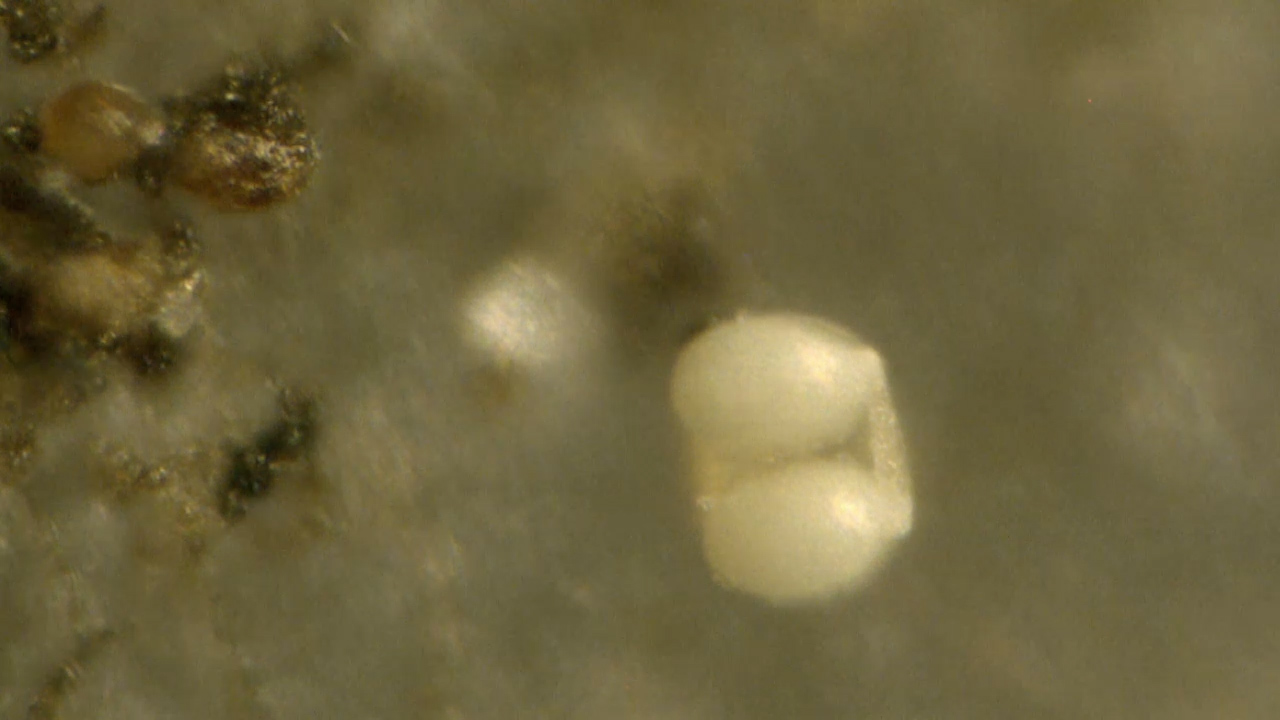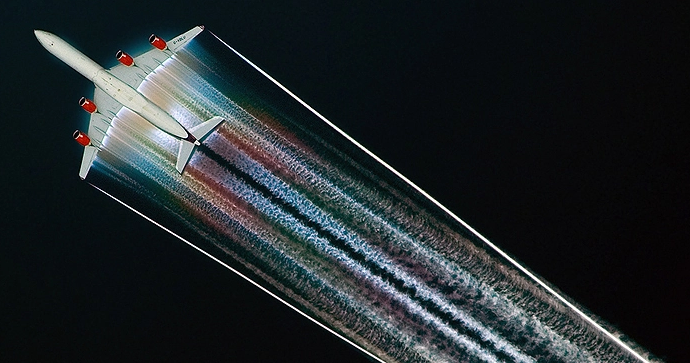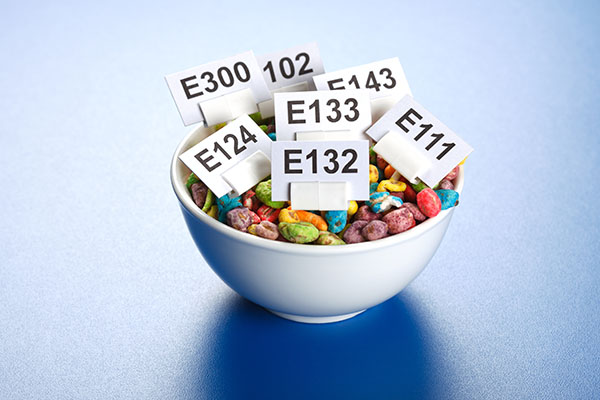The hidden defense against microplastics: How dark-colored fruits and vegetables could shield your health
04/08/2025 / By Willow Tohi
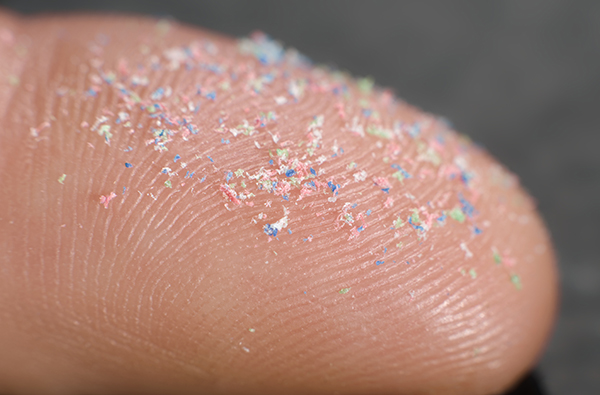
- Tiny plastic particles (under 5mm) contaminate air, water, food and even human tissues, contributing to hormone disruption, DNA damage and chronic diseases like heart disease and infertility.
- Found in deeply colored fruits and vegetables (e.g., blueberries, black beans, red cabbage), anthocyanins are antioxidants that counteract cellular damage from microplastics by neutralizing free radicals and restoring oxidative balance. Studies show benefits like improved reproductive health and reduced inflammation.
- Berries, black rice, purple corn and red grapes are rich in anthocyanins. The deeper the food’s color, the higher its protective compound content. Organic options minimize additional toxin exposure.
- Avoid plastic containers (use glass/stainless steel), filter tap water, skip plastic-packaged foods and avoid microwaving plastics. Rinsing rice and choosing loose-leaf tea also help limit intake.
- Combine anthocyanin-rich foods with low-plastic habits to mitigate harm. While systemic solutions lag, dietary choices—like eating fresh, colorful produce—can help combat microplastic-related health risks.
In an era where microplastics lurk in everything from drinking water to vegetables, scientists may have uncovered a surprising dietary shield: deeply colored fruits and vegetables. A groundbreaking review by researchers in China, published in the Journal of Pharmaceutical Analysis, suggests that anthocyanins—antioxidants found in foods like black beans, blueberries and red cabbage—could counteract the cellular damage inflicted by microplastics. As plastic pollution infiltrates nearly every aspect of modern life, this discovery offers a glimmer of hope for mitigating its invisible toll on human health.
The microplastic crisis: A modern health epidemic
Microplastics, tiny plastic particles less than 5mm in size, are now inescapable. They permeate air, water, soil and even human tissues, with studies estimating that the average American ingests tens of thousands of microplastic particles annually. These particles disrupt hormones, damage DNA and are linked to chronic diseases like heart disease, obesity and infertility. Despite growing awareness, eliminating exposure entirely is nearly impossible—making the hunt for protective measures urgent.
Anthocyanins: Nature’s plastic-fighting powerhouse
The Chinese study analyzed 89 existing studies on anthocyanins, pigments that give fruits and vegetables deep red, purple and blue hues. Dr. Angelo Falcone, an integrative medicine physician, summarized the findings: “The deeper and more vibrant the color, the higher the anthocyanin content. Berries are superstars, but black rice, purple corn and red grapes are also potent.” These antioxidants neutralize free radicals—unstable molecules released by microplastics that wreak havoc on cells.
In one cited experiment, rats exposed to microplastic-induced oxidative stress saw improved sperm counts and testicular health after consuming cyanidin-3-glucoside (C3G), an anthocyanin found in black rice. Another lab study found that anthocyanins restored testosterone production in cells damaged by microplastic-like toxins.
How microplastics invade—and how to fight back
Microplastics enter the body through food, water and even skin contact. Bottled water, processed meats and plastic-packaged foods are major culprits. Experts like Dr. Tracey Woodruff of UC San Francisco advise: “Avoid microwaving plastic, switch to glass containers and filter tap water.” The NSF-certified Aquasana AQ-5200 and Brita Elite filters can reduce microplastic levels, while wooden cutting boards minimize plastic shed during food prep.
From plastic boom to health bust
Plastics revolutionized industry post-WWII, but their persistence in ecosystems has sparked a slow-motion health crisis. By the 2020s, microplastics were detected in human placentas, bloodstreams and brains. Regulatory gaps persist—the FDA has no binding limits on microplastics in food—leaving consumers to navigate risks alone.
Building a microplastic-resistant diet
While anthocyanins aren’t a cure-all, integrating them into a low-plastic lifestyle offers a pragmatic defense:
- Eat the rainbow: Prioritize organic blueberries, blackberries, red cabbage and purple sweet potatoes.
- Ditch plastic bottles: Use stainless steel or glass containers for water.
- Cook wisely: Avoid plastic utensils and nonstick pans; opt for cast iron or ceramic.
- Choose salt carefully: Buy sea salt from reputable brands to avoid microplastic contamination.
The bottom line
As research continues, the evidence is clear: microplastics are here to stay, but their harm may be blunted by nature’s own chemistry. Fruits and vegetables are already cornerstones of health, note researchers. Their pigments could protect you against the oxidative damage caused by microplastics. In the absence of systemic solutions, the power to protect yourself—one bite at a time—lies in the vibrant hues of the produce aisle.
Expand your defense:
- Swap tea bags for loose-leaf tea to avoid polypropylene shedding.
- Rinse rice thoroughly to reduce microplastic content by up to 40%.
- Avoid heating foods in plastic.
- Invest in a microfiber washing machine filter to curb environmental contamination.
Eat clean, fresh, minimally processed foods as often as you can to help reduce your exposure — and stay healthy enough to handle what you are exposed to.
Sources include:
Submit a correction >>
Tagged Under:
anthocyanins, antioxidants, chronic diseases, clean food watch, Ecology, ecosystem, environ, food cures, food is medicine, food supply, fruits, microplastics, stop eating poison, toxins, veggie
This article may contain statements that reflect the opinion of the author
RECENT NEWS & ARTICLES
COPYRIGHT © 2017 TOXINS NEWS

